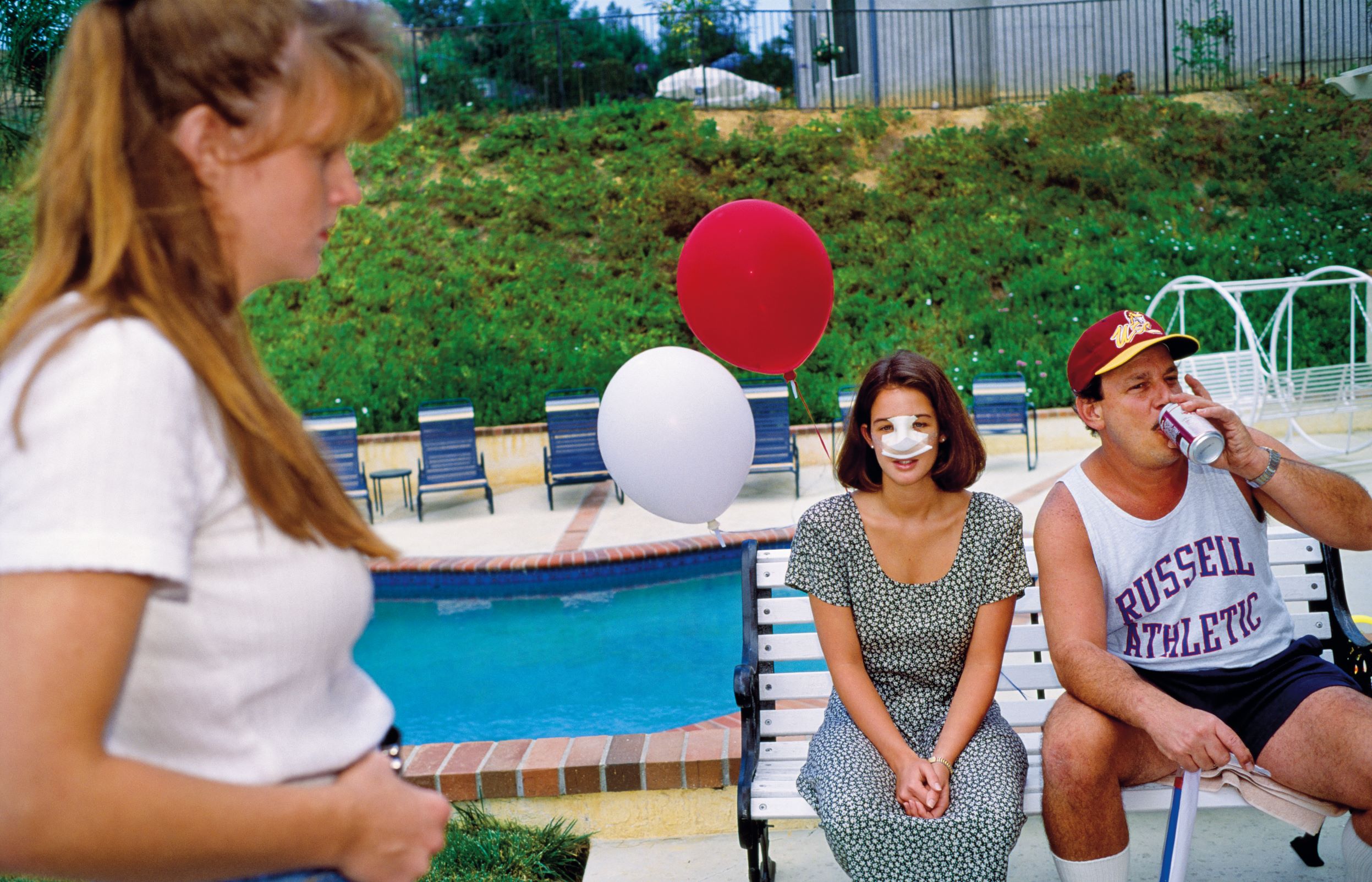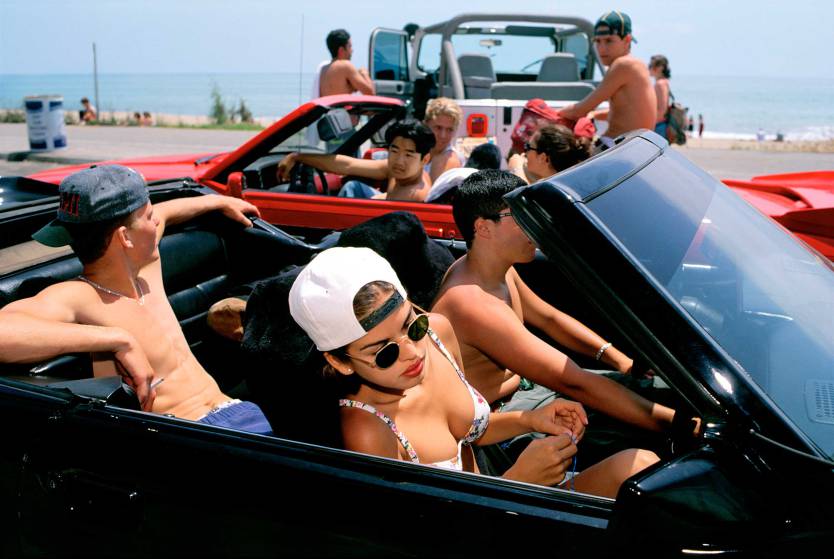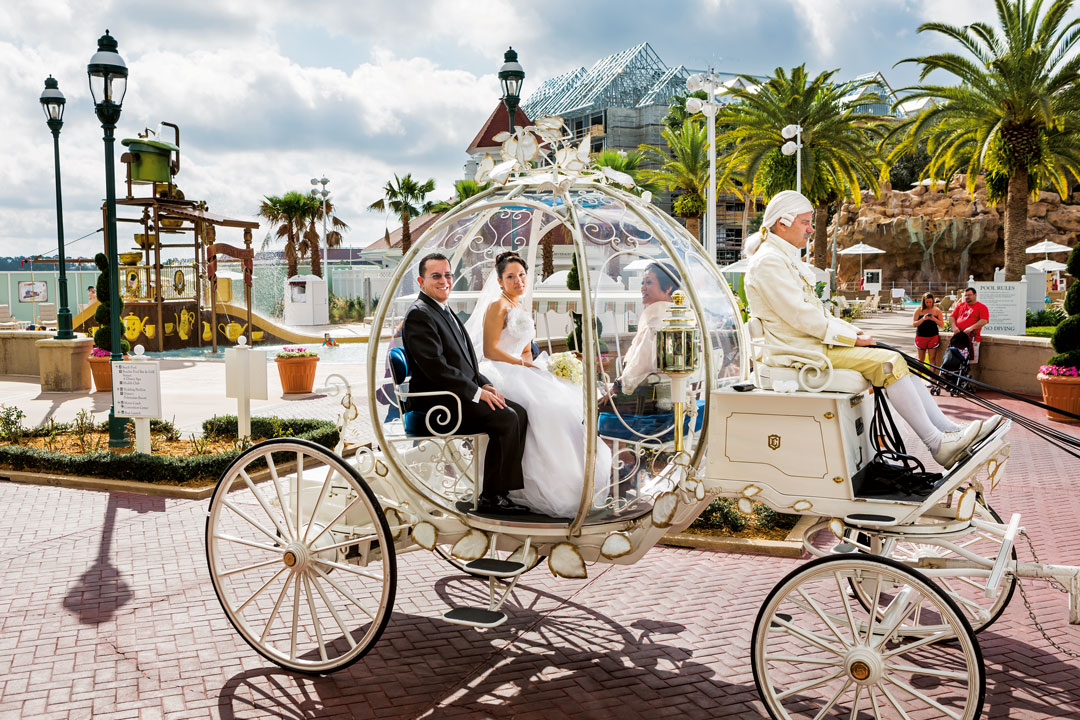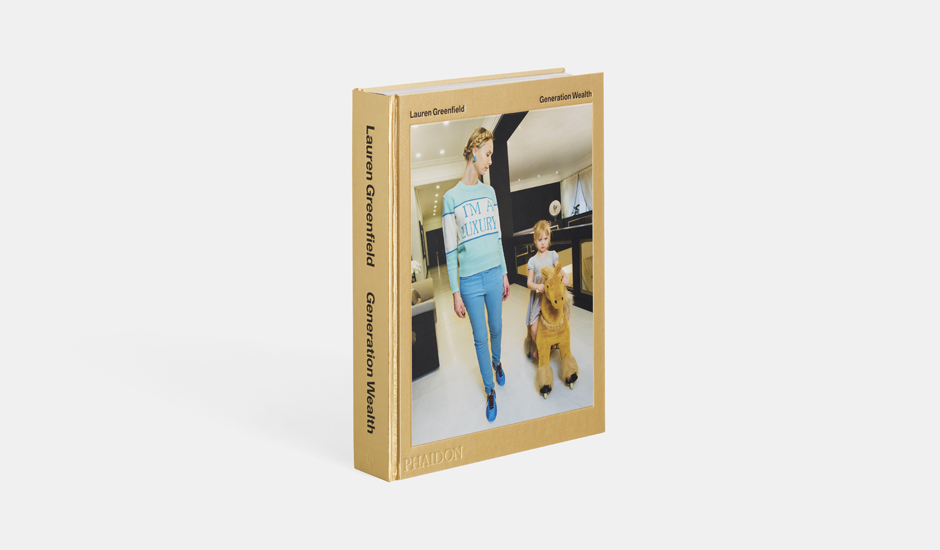
A Fourth of July party pictured by Lauren Greenfield
The photographer’s 1993 image captured a new kind of wealth adoration that’s since caught on across the world
“The American Dream is about independence: wealth that gives you total freedom,” writes the ad exec Tom Doctoroff in photographer Lauren Greenfield’s book Generation Wealth. “Oftentimes when we Americans fantasize about being ultrawealthy, we think of an island that we own far away, detached from society."
That wasn’t always the case. Wealth was always a feature, but not to the exclusion of, say, freedom from old-world despotism, or class inequalities. However, the rise of a new type of money adoration was something that the American photographer Lauren Greenfield chose to document in her book, Generation Wealth. And within that photographic documentation there's a remarkable Fourth of July party.
To begin with, Greenfield saw this adoration of wealth as a purely American phenomenon, and one actually restricted to a fairly small part of the US. She traces the genesis of this project back to the early 1990s, and an earlier book called Fast Forward: Growing Up in the Shadow of Hollywood.

"That work explored those themes in the context of youth culture in Los Angeles and was inspired by my own high-school experience,” she writes. “What started to emerge in front of my camera was the dramatic influence of commercial pressures on young people’s values and behaviour, as well as an unexpected homogenization of youth culture resulting from the shared consumption of increasingly ubiquitous media messages. Despite the dramatic divisions in the city revealed by the L.A. riots, which I had covered in 1992, rich kids and poor kids had found common ground that their parents had not, and it was a shared love for Versace.”
And while Versace's fortunes may have fluctuated in the meantime (it was sold to Michael Kors last year) today, a shared love of high fashion unites rich and poor kids, across the world.

Lindsey, an 18-year-old Los Angeleno from the Calabasas neighbourhood of the city was one of those early pioneers. Greenfield photographed her at a Fourth of July party, just a few days after her nose job. She may stand out in the picture, but her operation was far from unusual within her social set.
“My friends started getting plastic surgery during my freshman year of high school,” she explained in the book. “By the time I was a senior, I had friends who had had everything from nose jobs to breast enlargements to breast reductions and liposuction. Out of my ten close friends, six of us got something done. When all my friends were getting their noses done, we could tell what doctor had done their nose.”

For some viewers, it may be a disturbing picture, but Lindsey believes the operation was, in a sense, an act of independence and self-determination.
“The nose job has changed the way I feel about myself,” she said. “I’m not in the mirror every day checking out my nose. It just interfered with my face. I mean, I was carrying it around with me everywhere I went. When I’d meet people, it was just nose. It was definitely worth getting done. It definitely changed my life.”

Now, who says that isn't money well spent? For more on the all pervading influence of affluence, get Generation Wealth here.